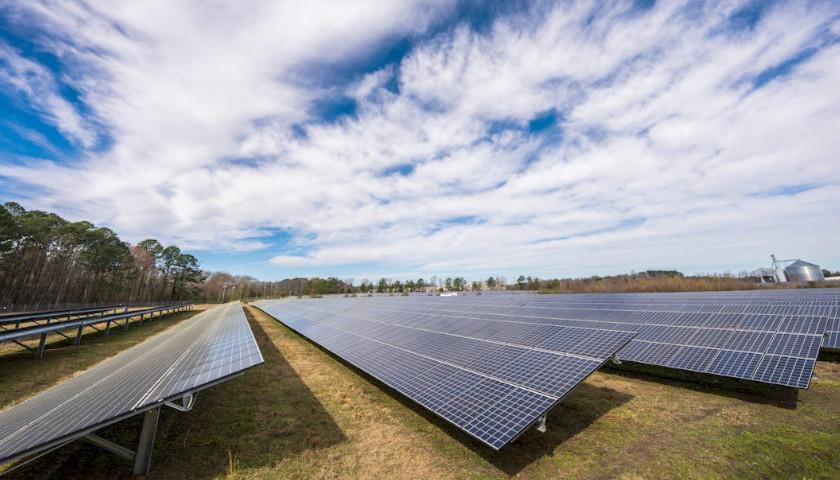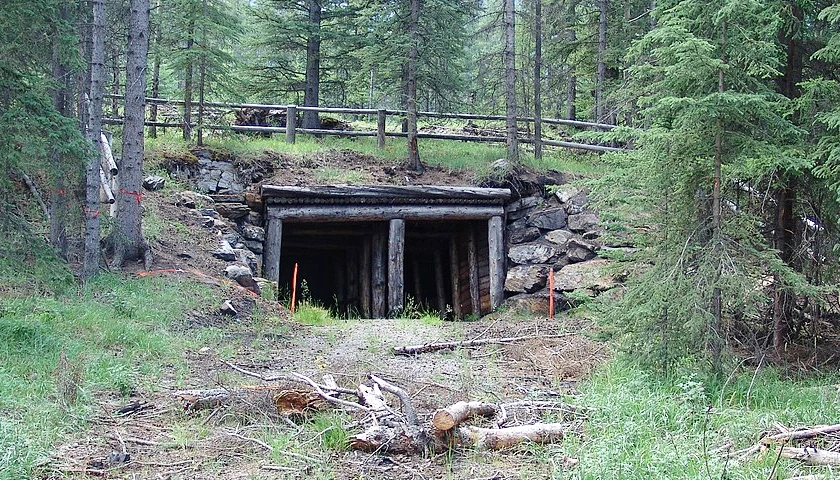by Anthony Hennen
The federal government is goosing Pennsylvania’s solar energy footprint, sending $90 million to create the largest solar project in the state on reclaimed mine land.
The project, in Clearfield County, will be almost twice as big as the large solar project in operation, estimated to produce more than 400 megawatts of electricity, enough to power about 70,000 homes.
“Tens of millions of dollars” will flow into Goshen and Girard Townships, said Matt Birchby, president of Swift Current Energy, whose Mineral Basin Solar Power subsidiary was awarded the money from the Department of Energy.
The company also promised $200,000 annual donations into community funds for Clearfield County “to support local projects and initiatives.”
“This project will increase regional access to clean energy and fill a critical electricity-generation gap following the closure of the Homer City coal plant,” a Department of Energy press release said. “The project expects to create more than 750 construction jobs and six operations jobs, while providing $1.1 million in annual tax revenue to Goshen and Girard townships, Clearfield County and the Clearfield County School District.”
The solar installation is one of five projects on former mine lands set to get $475 million from the federal government, and one of three in Appalachia. Bell County, Kentucky will get $81 million for a pumped-storage hydroelectric facility and Nicholas County, West Virginia will get $129 million for a 250 megawatt solar project.
Federal interest has pivoted to reusing some of those sites because they can save clearing a new site and speed along the process.
“Developing clean energy projects on mine land provides an attractive economic alternative to using undisturbed natural and agricultural land,” the press release said. “Mine land is often located near critical infrastructure that makes it suitable for clean energy development…Projects ultimately selected for award have the potential to be replicated and scaled on the millions of acres of current and former U.S. mine land.”
On its website, Mineral Basin Solar Power argued Clearfield County’s former mines are an “unparalleled opportunity to repurpose the land for solar development” and promised “long-term partnerships” with schools and local groups. The company also said it would partner with an organization “to invest in economic and community development, with a focus on workforce development in disadvantaged communities.”
Birchby argued that the mining land conversions are a template for future projects and could boost workforce investment.
“(The project) will also accelerate the investment opportunities for the workforce and members of the Northern Appalachian community,” he said.
Birchby noted that Mineral Basin plans to partner with Clearfield County Community Technical Center and Penn State University, as well as the local development agency Clearly Ahead and a “24-county regional scholarship fund.”
But those partnerships will require scrutiny to ensure gains are made. Other attempts to retrain workers haven’t delivered.
A $4 million program to retrain out-of-work coal miners, funded with state and federal cash, went nowhere due to bureaucratic delays and state rules.
Federal officials acknowledged failures in the past, but say that this time, things are different.
The Inflation Reduction Act and the Infrastructure Investment and Jobs Act requires groups that receive federal money to lay out a community benefits plan, said David Turk, deputy secretary of the Department of Energy.
The way the feds want to add benefits and job training now is through engaging with local leaders, colleges, and apprentice programs “to make sure that we’re doing this the right way,” he said, and learn from local expertise.
“That’s not something that has been done historically, but that is a major, major part of how we’re doing all of this funding,” Turk said.
Making sure the Departments of Energy, Labor, and Commerce, the EPA, and Treasury are all on the same page too, is part of the federal effort.
“There really is an unprecedented effort over the last three years in bringing different agencies together,” said Brian Anderson, executive director of the Interagency Working Group on Coal and Power Plant Communities and Economic Revitalization. “We have a rapid response team that brings all those agencies together — 11 agencies specifically — to focus on every component of that workforce job supply chain, and the key is we have to have investments, there has to be jobs to train workers for.”
He characterized past efforts as failing to align jobs and worker training.
“That’s what we think has been missing in the past: Connecting the exact investment — the job opportunity — and then the workforce training,” Anderson said.
– – –
Anthony Hennen is a reporter for The Center Square news wire service, covering Pennsylvania, and co-host of Pennsylvania in Focus, a weekly podcast on America’s Talking Network. Previously, he worked for Philadelphia Weekly and the James G. Martin Center for Academic Renewal. He is managing editor of Expatalachians, a journalism project focused on the Appalachian region.






Obviously Pennsylvania has not seen what one good hail storm will do to the solar panel farm.